Dear David Wojnarowicz
I’ve been thinking about the same David Wojnarowicz exhibition for 430 days. On the 5th April 2022 I saw Dear Jean Pierre: the David Wojnarowicz Correspondence with Jean Pierre Delage, 1979-1982 curat
April 2022
I’ve been thinking about the same David Wojnarowicz exhibition for 430 days. On the 5th April 2022 I saw Dear Jean Pierre: the David Wojnarowicz Correspondence with Jean Pierre Delage, 1979-1982 curated by Cynthia Carr and Anneliis Beadnell at P•P•O•W Gallery. The highest praise I can think of terminates at the desire to crawl into and inhabit the spaces where the things I like reside. If I could have squatted the gallery I would have. I’d like to imagine all the ways my personality would change if I was able to absorb the environment in a sustained way. Like how different oysters supposedly have different flavors based on where they attach themselves?
Just before the show I’d stopped by Magic Jewelry on 238 Canal Street to get my aura photographed. So I know I was all heart when I entered the gallery: the top of my aura was green, representing the possibility of unconditional love according to the key I was shown at the shop. I was really feeling that: six months on hormones, plus I had spent the past week dancing with my oldest friends at a wedding, celebrating body love, friend love, travel love, love love. That all came up in the aura photo too: a mix of yellow, orange, red—colors of the solar plexus, the navel, the root chakra, grounding in the trunk of the body. What I didn’t know was that visually, my aura that day would come to have a lot in common with the arc of Gwyneth Paltrow’s in a photo taken at goop HQ over a year later for a piece on Aura Photography. I know good writing is all about killing your darlings but this is a post about love and archives and can’t bring myself to delete this particular darling that connects my archive with Gwyneth Paltrow’s.
The whole of the exhibition space was lined with waist-high vitrines (and a few freestanding ones) containing 300-odd postcards and other ephemera made by David Wojnarowicz and sent to his “first true love,” Jean Pierre Delage, whom he met in Paris when he moved there on his 24th birthday in 1978. The bottom of the vitrines was lined with long mirrors that reflected the opposite side of each item—usually the images on the postcards Wojnarowicz had chosen and sometimes doctored with his own drawings and collage.
Forget the 36 questions straight people have developed to try and force themselves to fall into a straight relationship, the exhibition contained a superabundance of info that could produce the chemical rush of falling in love if you let yourself fall into interpreting it piece by piece. If you let yourself track the movements of color and symbolism, humor and desire, the storminess of emotions good and bad that can all be contained within love somehow. The exaltation of trivial, day to day occurrences when they’re described to someone you badly wish could be there to share the experience firsthand, when the silliest things get lit up: you want them to know which exact street you’re walking down, what the weather is like. What you eat can become a kind of flirtation—it’s going in your mouth, you can do a lot with your mouth, it’s a reminder. Anything sensual can get sexual, sight, taste, touch, smell, hearing. Describing laundry can be seductive because you can read between the lines: the clothing is soaked in the smell of pheromones, to get them into the washing machine you take them off your body, which is a striptease. Ditto shopping for clothes, it’s all part of the same process. Gossiping about friends is a kind of foreplay. All of this information is scrawled out in the postcards: “Dear Jean Pierre, Sitting here in the village in a Bagel-Coffee shop out of the sunlight. Very very hot here.”…”Bonjour Jean Pierre—Beautiful weather — I am walking around Soho to look for a pair of pants to buy. Also I need a haircut. Thinking of you and me (not haircut).”
Wojnarowicz in love is a maximalist, and I loved finding that out about him. The letters, postcards, flyers and advertisements amounted to a love that was obsessive, shy, coaxing, coy, bold, optimistic, pessimistic, restless, lonely, horny, matter-of-fact, in-your-face. The forthrightness and clarity of his anger—something that I think makes his photography and his writing in Close to the Knives so mesmerizing—were there in flashes too. The simplicity of the show’s core revelation is embarrassing: of course someone famous for depicting himself on fire, buried in sand and rock, with his mouth sewed shut, famous for having a complex range of visualising white hot rage would have a million and one ways of expressing love. It was all there, splayed out behind glass and multiplied by mirrors.
The heft, the emotional unwieldiness of the collection and all it communicated had a way of demystifying his art as much as enhancing its power. Humans are prolific and we’re excreting things all the time, everywhere we go, paper receipts and fabrics and plastics. Sometimes it’s called a carbon footprint and sometimes it gets to be assembled into an archive.
I’m always astonished by what’s considered trash and what’s considered treasure, it’s such a mix of accident and intention that amounts to why something gets assigned one value or another, or none at all. In this case everything was enshrined, bestowed valued by repeated acts of loving. Dear Jean Pierre is a priceless treasure because dear Jean Pierre himself said he would never sell or part with his collection, and because the collection itself documents how the state of being an Artist-In-Love was a big part of the emotional landscape in which Wojnarowicz developed the style and voice that mark his most well-known works. I got to see that when I feel awe at his photography or music or writing, I am awed in part by David Wojnarowicz in love with Jean Pierre Delage. When I mourn the loss of David Wojnarowicz while encountering his photography and music and writing, I mourn the loss of that capacity for love.
In a dark room off to the side of the exhibition, a video interview with present-day Jean Pierre Delage circa 2022, includes reminiscences about their affair, their travels together, his visits to New York. Delage is a sweet, softly spoken antiques dealer (someday I will write about antiques dealers as major queer archetype/vocation). While he downplays his own significance in the interview, there’s really no need to say much at all: the testament of his passion lies in the endurance of the collection itself, which he has preserved for all of these years, in meticulous condition. Archival preservation as an act of total devotion. We should all be so lucky.
December 2022
In my own act of devotion I wanted to look at the David Wojnarowicz papers at the Fales Library at NYU. The exhibition was long over but I wanted to see if it was possible to recreate some of its magic with my own two hands. Or I wanted to see what could emerge from my attempts. But not right away, I had to build up to it. I wanted the Wojnarowicz papers to live among a different constellation of influences and art than they do most of the time—kindof like the exhibition had made possible. Rather than look at his work within the context of his lonely cruising, or his activism with ACT UP as a dying man. Dear Jean Pierre did that too: he wasn’t just cruising because he was lonely in those postcards, he was cruising to bang out the frustration of a long term relationship, there’s a difference. And of course Dear Jean Pierre heightened the stakes of Wojnarowicz’s work with ACT UP because in it, you get to see everything that’s worth living for, that makes dying an infuriating prospect. The Downtown Collection at the Fales Library lets you do something like that too: you can choose an order to look at Wojnarowicz’s papers in a sequence with other influences, neighbors and friends of his, people he never met with artistic affinities. Call it research or call it collage, call it collage or call it a spell—bringing together so many ingredients makes magic, assembled in a certain order with certain intentions. A space is cracked open and something spiritually forceful gets out.
There’s also a lot of emotions to run through: I wanted to disrupt some of my own weird feelings about handling the materials, something about my relationship of Wojnarowicz felt tense, I was nervous, I was a little uncomfortable—like, what right do I have to trawl through these boxes? The number one problem of being a fan of someone is the way you can punish yourself sometimes with the question: Would He Even Like Me? You start to modify your behaviour based on your fantasy about what the person likes and dislikes. You change. It doesn’t make sense that I would feel that way about the archives of some but not others, that I would use those archives to develop fantasies about their ideas including their opinion of me, but there I was, trying to recontextualize my feelings and also convince myself David Wojnarowicz would like me. And of course, ease myself into the intensity I’d felt with his postcards at the gallery back in April.
So I called up some boxes from the Wojnarowicz collection, but consulted them AFTER two other collections at NYU that felt more inviting: the Jack Smith papers (he’s dead) and the Linda Mary Montano Papers (she’s living). In other words I got to build up to Wojnarowicz’s effects through a frenzy of transcribing the journals and collages of a zany and transgressive theatre- & film-maker, and a witchy durational performance artist whose work is steeped in mysticism. Like in order to bring out the magic of David Wojnarowicz’s work, I needed to look at it in relation to two out and proud witchy weirdoes working in the same place but totally different contexts.
Jack Smith’s archive is hilarious and chaotic—filled with many clippings, fliers, and variations of his business card: “Exotic Theatrical Genius! Consultant! Actor!” Jack Smith’s archive is a definition of “Low Camp”: filled with scripts for outrageous films and stage productions that take place in the lost city of Atlantis, or Transylvania renamed Mondosylvania, productions that include lustful sacrifices to pagan gods, black masses, a lot of sex and bodily fluids, and this speedy artist’s statement ca. 1977-9:
“Let art continue to be entertaining, escapist, stunning, naturalistic, and glamorous—but let it also be loaded with information worked into the vapid plots of movies for instance. Each one would be a more or less complete exposition of one subject or another. Thus you would have Tony Curtis and Janet Leigh busily making yogurt; Humphrey Bogart struggling to introduce a basic civil law course into public schools; infants being given to the old in homes for the aged by Ginger Rogers; donut shaped dwellings with sunlight pouring into central patios for all, designed by Gary Cooper; soft, clear plastic bubble bars with hooks that attach to monorails built by Charlton Heston that pass over the Free Paradise of abandoned objects in the center of the city near where the community movie sets would also be; and where Maria Montez and Johnny Weissmuller would labour to dissolve all national boundaries and release the prisoners of Uranus. But the stairway to socialism is blocked up by the Yvonne de Carlo Tabernacle choir waiving bloody palm branches and waiting to sing the ‘Hymn to the Sun’ by Irving Berlin. This is the rented moment of EXOTIC LANDLORDISM OF PREHISTORIC CAPITALISM OF TABU. Signed, Jack Smith, Legendary Filmmaker and Exotic Theatrical Genius.”
Here’s another transcription that gives you a sense of the whole: In an older notebook kept ca. 1961 he has written on the opening page: “I hate that word art. O never let me use it again let it never pass my lips. IDEAS GET MOLDY BUT ART GOES ON. This is a journal with endless pages, the title lists of a title giver and according to some….a white sorcerer.” Deeper in the journal he writes: “I could recite a list of possible titles as a part of a soundtrack”:
The Moth and the Mouth
The Mummy’s Mouth
The Painted mouth
The immaculate vagina
The painful myth
The pouting myth
The mythical snow job
The contraceptive
Between Man and nowhere
The Imaginary Contraceptive
Never used
Producing Savior
Producing Imaginary Morality
Horsecock and lipstick
Imaculate Glamour
Virginal Afterbirth
Sin
Sinful simpletons
Painted Doxys
Audry Tawdry
Molly Brazen
Mavis Davis
Farts
Loud farts
Quiet farts
Explosive farts
Non smelly farts
Smelly farts
Liquiscent farts
Presidential farts
Prudish farts
Non existent farts
Mysterious farts
The list goes on. On the top of the next page he adds; “Make an Endless Movie” and continues a litany of titles that use the word “Moldy” in many different ways. After “Farts” and “Moldy” he also loves to repeat the word “Horseshit,” and “Landlordism,” as in he also hates landlords and private property. A few pages after that, he’s describing the altar he keeps to the actress Maria Montez, the type of intense he burns there, his desires and invocations to her. On page 77 he writes a list of “Put Downs (for S)”: “Can’t help loving that self of mine/ Be Yourself / You’re a homosexual, act like one!” In general, his papers are filled with lots of sassy asides, gross repetition, budgets for productions, and weird stains. It is revolutionarily weird within the long history of archives dating back to ancient Mesopotamia that this kind of stuff gets saved in the climate controlled libraries of places with multi-billion dollar endowments.
Some gossip: Jack Smith’s funeral was infamously over two hours long and exclusively taken up by people complaining about how horrible he’d been to them. More hearsay: the only reason his archive survives is because Penny Arcade locked herself in his apartment until someone would come to preserve his papers from certain destruction, she used her body to stop the landlord from clearing everything out. To stop the process of his papers becoming trash because she believed they weren’t. So there’s this incredible love-hate energy enlivening his papers when you handle them. Or as Smith writes of himself in his diary: “To Scorpios: Be jealous + quarrel on. that is our nature. We must remember to be tender even while we quarrel. We can achieve this because we are incredible.” Between that gossip and the transcriptions I was doing from Smith’s papers, I felt like I was really getting in the zone.
Because I think of this as a process of spiritual transcription: pull out a file, open it at will, commune with its means of production, undertake the movements and gestures and focus of the labor that produced it, type out its contents at the same time as you read them, as fast as you can, so reading and writing collapse into the same process, and past becomes present, you work yourself into a frenzy of concentration and access something of the spirit of what you’re transcribing and lose all track of time and space. So much of Spiritualism was debunked: talking boards, table wrapping, token object reading, but if you want to learn how to channel the past really all you have to do is transcribe, it’s all there, waiting to be channeled through your fingertips.
—-
Linda Mary Montano’s papers had a totally different vibe. First of all because when I told a friend I was looking at them she texted back: Oh, I dated Linda in the 90s. So immediately I was there in the archives just to embellish gossip I was within one degree of separation from. That plus, if I read enough of these papers, especially personal journals and letters, maybe that means we’re dating? Then my friend started sending me photos of things from her own archive related to what I’d be looking at. Deep cuts. Then she said Montano had taught her how to read palms and she could read mine—which happened later that week. This is something different about queer archives as they’re being collected today: you can get pulled in and implicated in their drama right away. It’s a totally different experience from reading through thousands of 17th-century political and religious pamphlets of mystics, and it’s also totally different from the full body cringe of thumbing through medical records of trans people, both of which I’ve done, which feel like other lives I’ve lived.
Jack Smith’s archive has very much “dirty, stained papers of a gay auteur” vibes, and Linda Mary Montano’s are very clean, orderly, and friendly, with much more material reaching outward to other people: so much of the content is based on interviews she did with 155 artists for The Performance Bible, and there are whole boxes of correspondences and ephemera related to her friends, like Annie Sprinkle and Tehching Hsieh, or her lover Pauline Oliveros.
I was mostly working my way through all of the documentation of “SEVEN YEARS OF LIVING ART”, a durational performance Montano started in December 1984. Each year had a theme focused around the 7 chakras and their corresponding meanings, colors, pitches, body parts:
December 1984-5; Quality: Sex; Color: Red; Pitch: B; Location: Tip of Coccyx
December 1985-6; Quality: Security; Color: Orange; Pitch: C; Location: Pubic Area
December 1986-7; Quality: Courage; Color: Yellow; Pitch: G; Location: Navel
December 1987-8; Quality: Compassion; Color: Green; Pitch: D; Location; Heart
December 1988-9; Quality: Communication; Color: Blue; Pitch: A; Location, Throat
December 1989-90; Quality: Intuition; Color: Purple; Pitch: E; Location: Third Eye
December 1990-1; Quality: Bliss; Color: White; Pitch: F; Location: Top of Head
She wrote: “I have chosen to work with 7 years for many reasons:
BIOLOGICAL: In high school a teacher told us that every 7 years, each cell of the body is regenerated so that we are totally new at conception, 7 years old, 14 years, 21, 28, 35, 42, etc. I have always been intrigued by this fact and now that I have entered the 42-49 year cycle and am approaching 50, I wanted to consciously watch these years and the passing of time.
SPIRITUAL: In 1970 I began to study Yoga psychology and since then have used the idea which suggests that there are 7 energy centers (chakras) located on the spinal column, and each one aids the healthy functioning of different organs in the body while also promoting psychological/spiritual assistance to the practitioner….”
I was (and am still) 35, so a ripe multiple of seven to be encountering this information. I looked through her notebooks containing the research for this work, “Dedicated to 7 years….For the benefit of all sentient beings.” Through her sketches of of the chakras, and her writing on the classic idea of imagining them as pinwheels blowing in the wind. As you work, your focus from the tip of the coccyx up to the crown of the head, you have to imagine each of the pinwheels spinning faster and faster, when you move from the first to the seven chakra, you’re raising up energy in yourself; when you count down from the seventh to the first, you’re drawing down energy from the cosmos into your grounded self. After spending a half hour working with this I moved on to the galley proofs for Montano’s book Love Sex (1995) which includes a
RECIPE FOR USING SEXUAL ENERGY
Make yourself physically comfortable.
Remember you sexual fantasies, issues and events both positive and negative.
See and feel everything in a detached non-judgmental way, as if you are watching a movie.
When the memory bank is empty, transform sexual feeling into vibration.
Let the vibration travel to every sell of the body and mind.
Eventually vibration becomes soundless sound and lightless light.
Repeat whenever you desire
Your comments:
Well, this felt like enough. When I called up these folders I hadn’t known what I would encounter aside from broad themes, but they’d given me the exact weird processes I’d needed to limber up my body for the next step. I had gone through my spiritual transcriptions with Smith, I’d been breathing into each of my chakras with Montano as my guide, and I had imaginatively transposed her recipe to Sexual Energy to my archival fantasies: I was ready for the Papers of David Wojnarowicz.
….STAY TUNED FOR PART 2, OUT JULY 3RD!




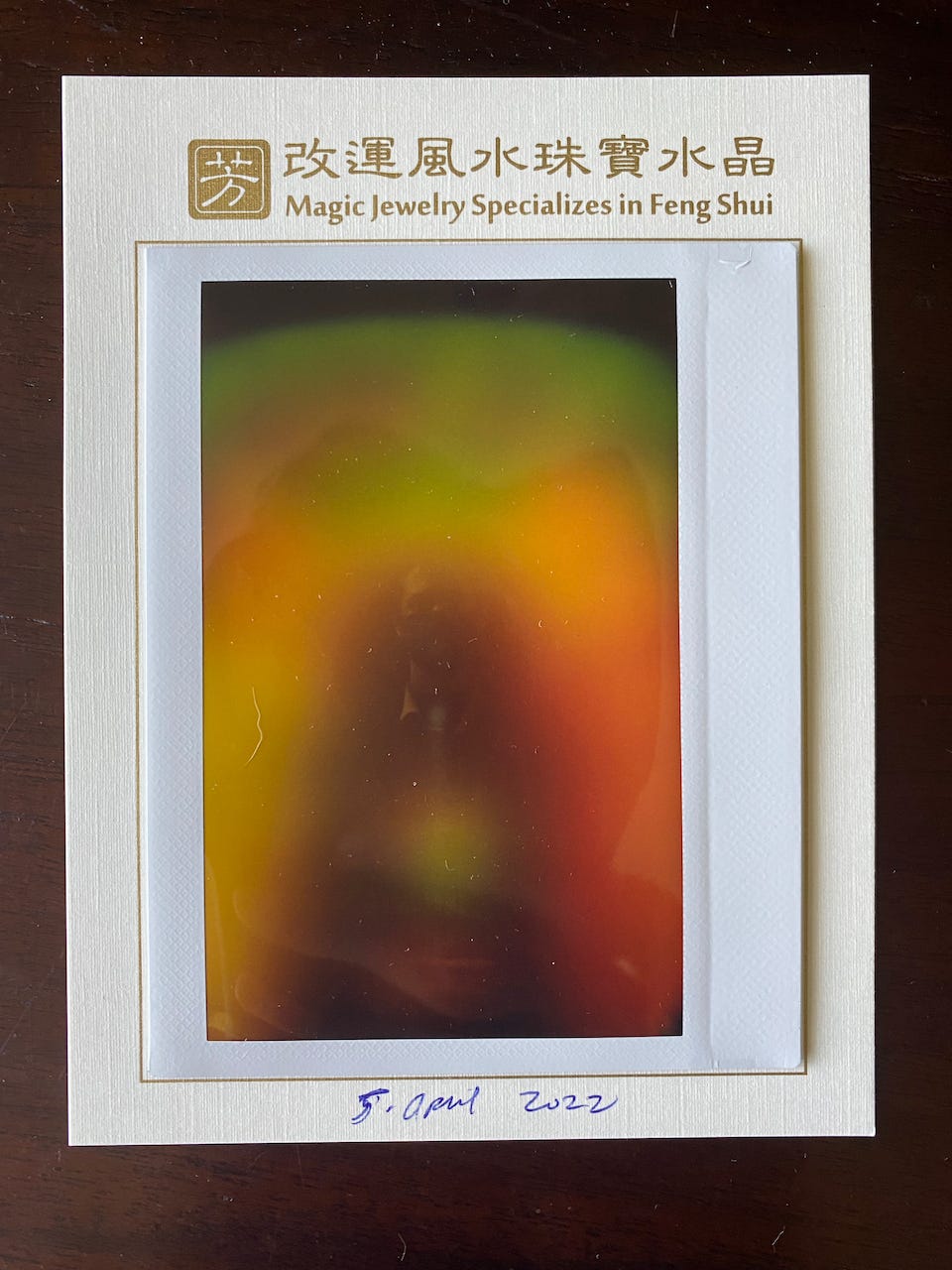
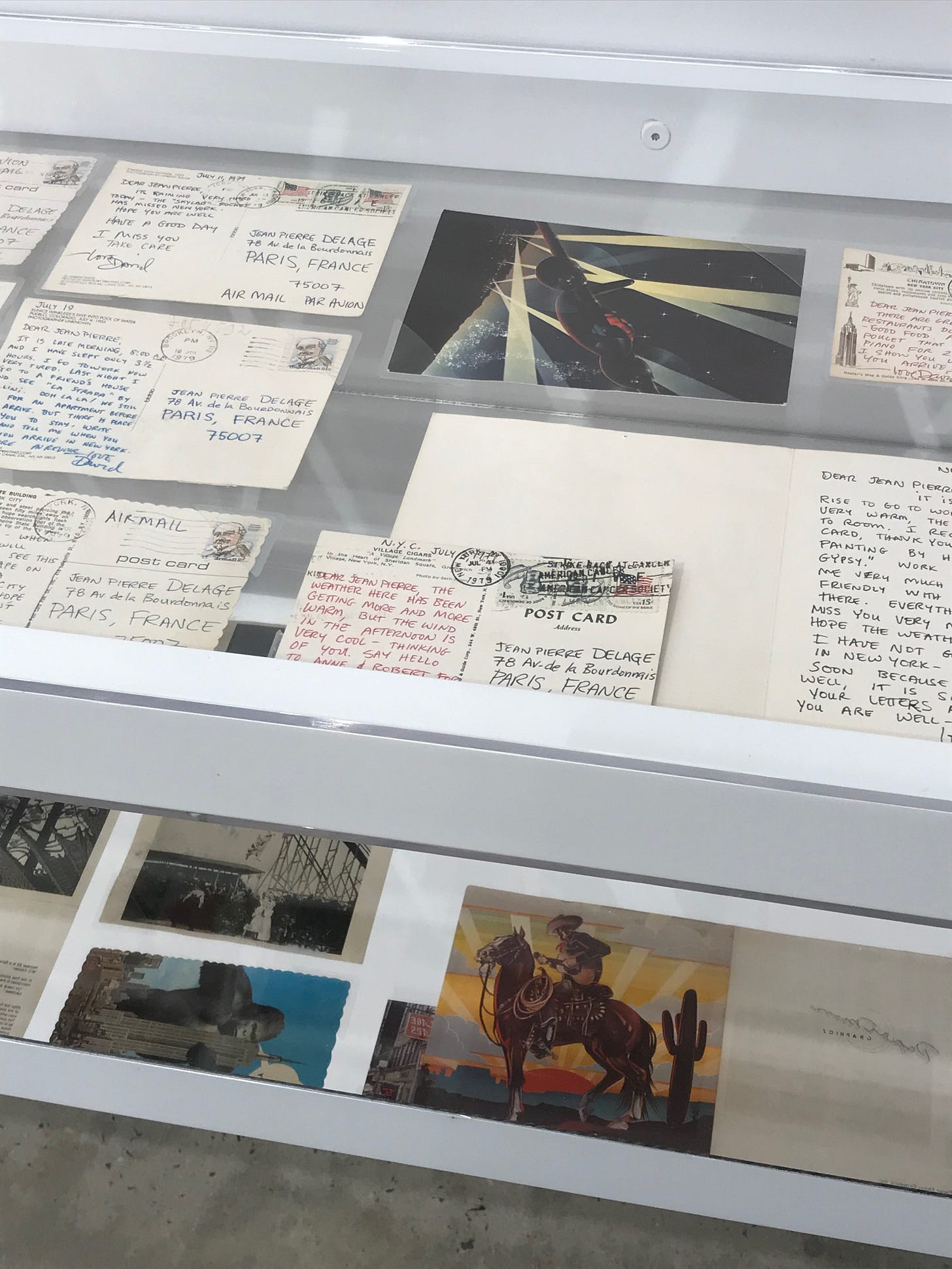
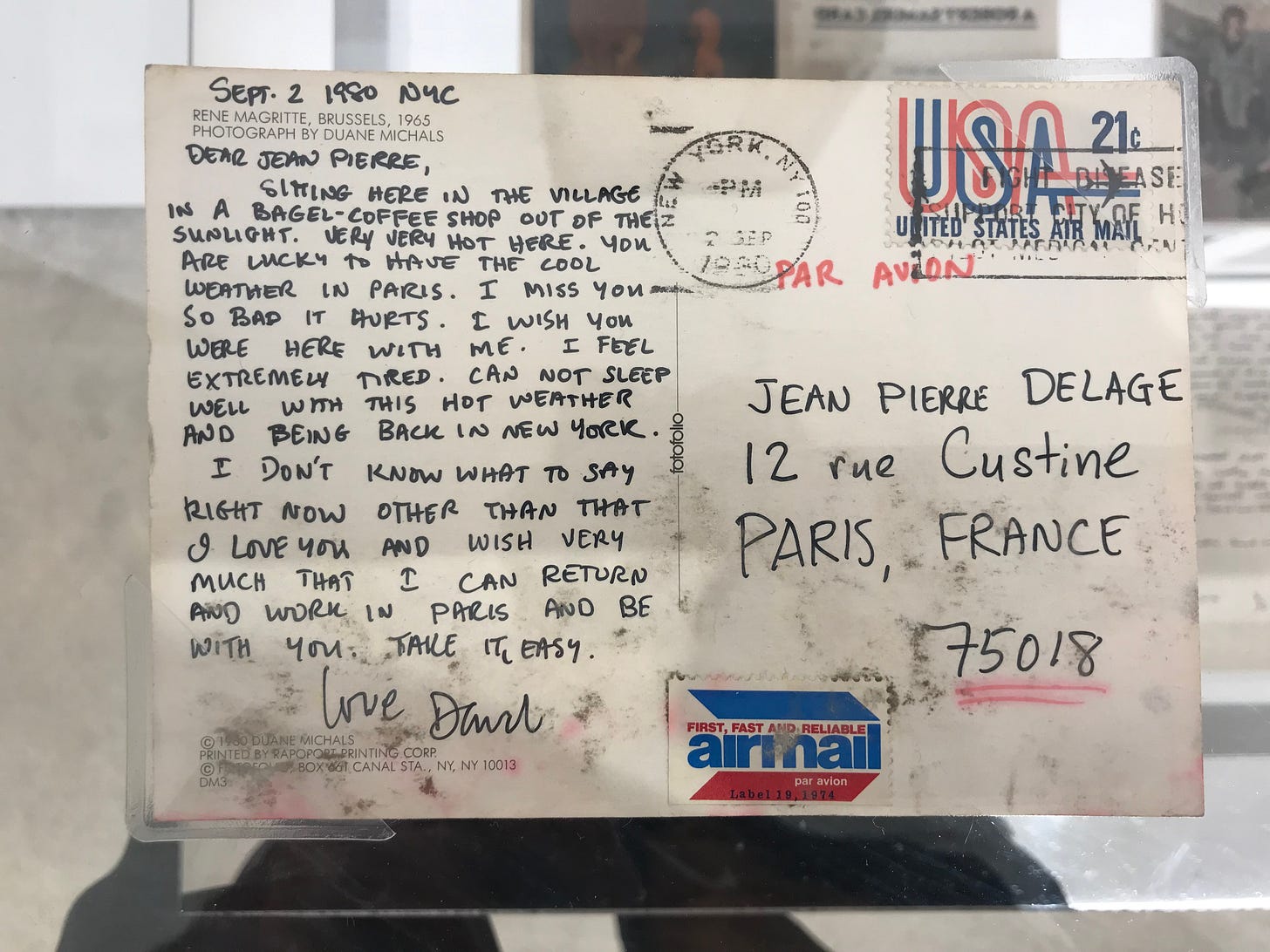
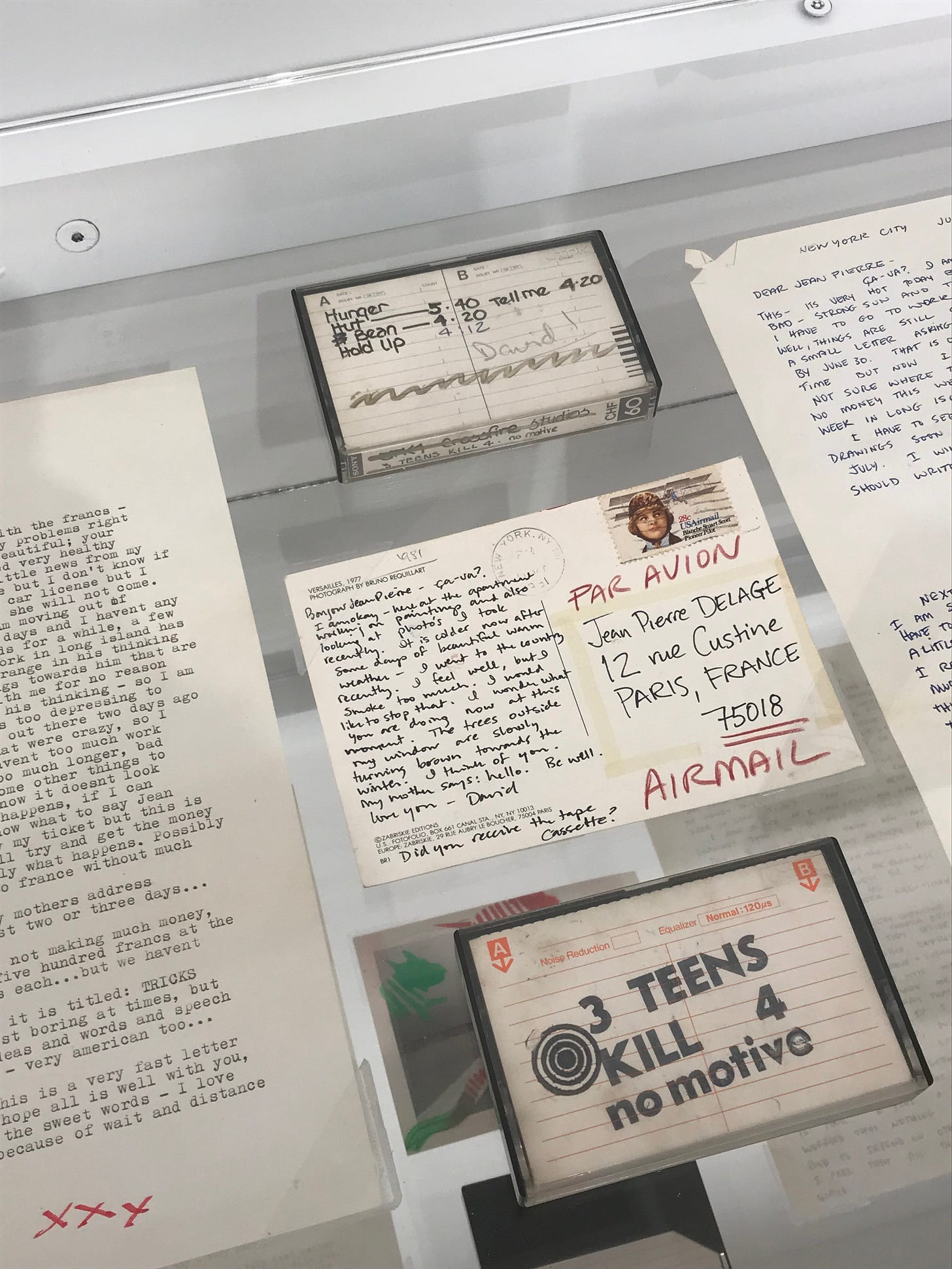
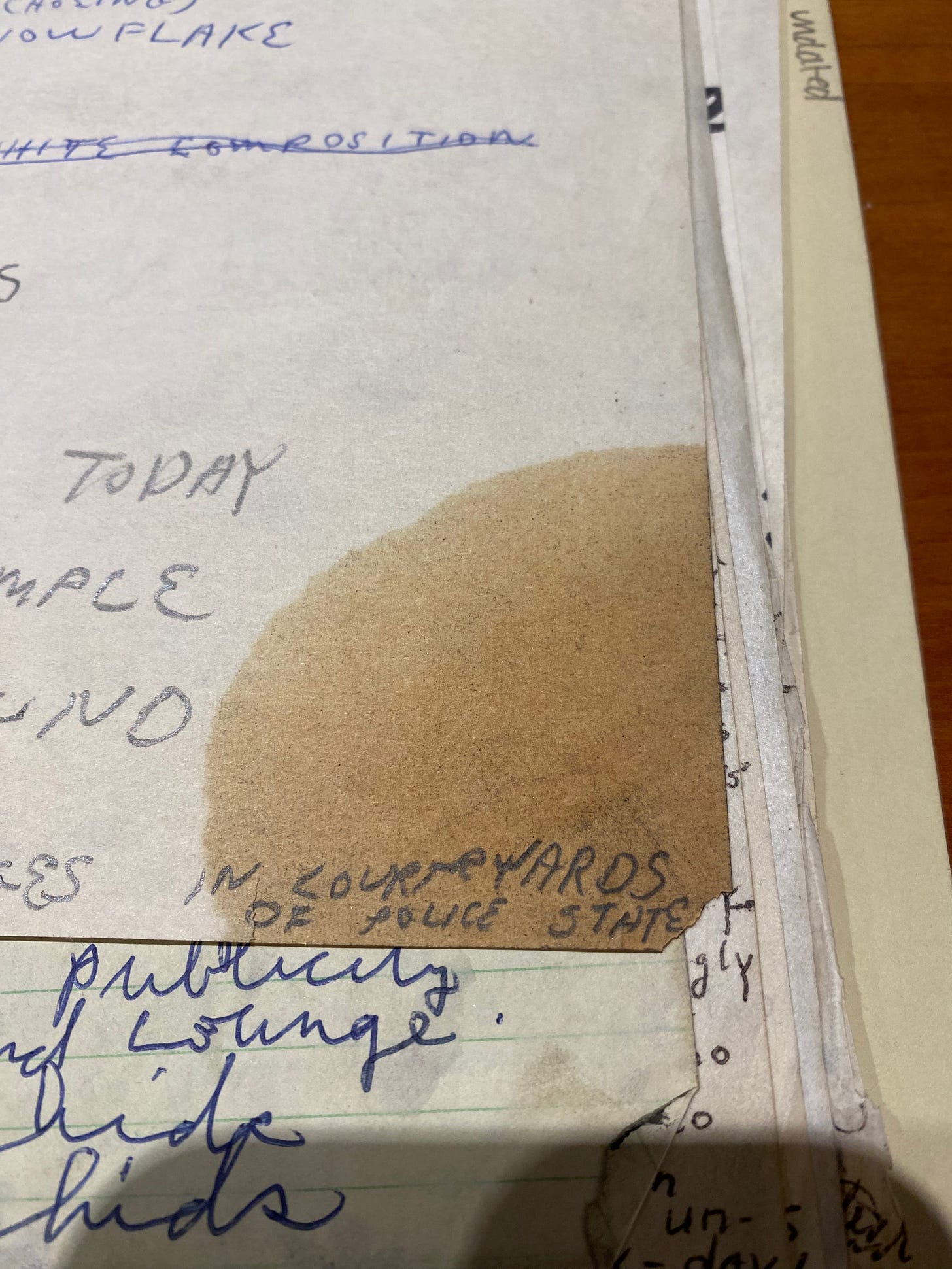
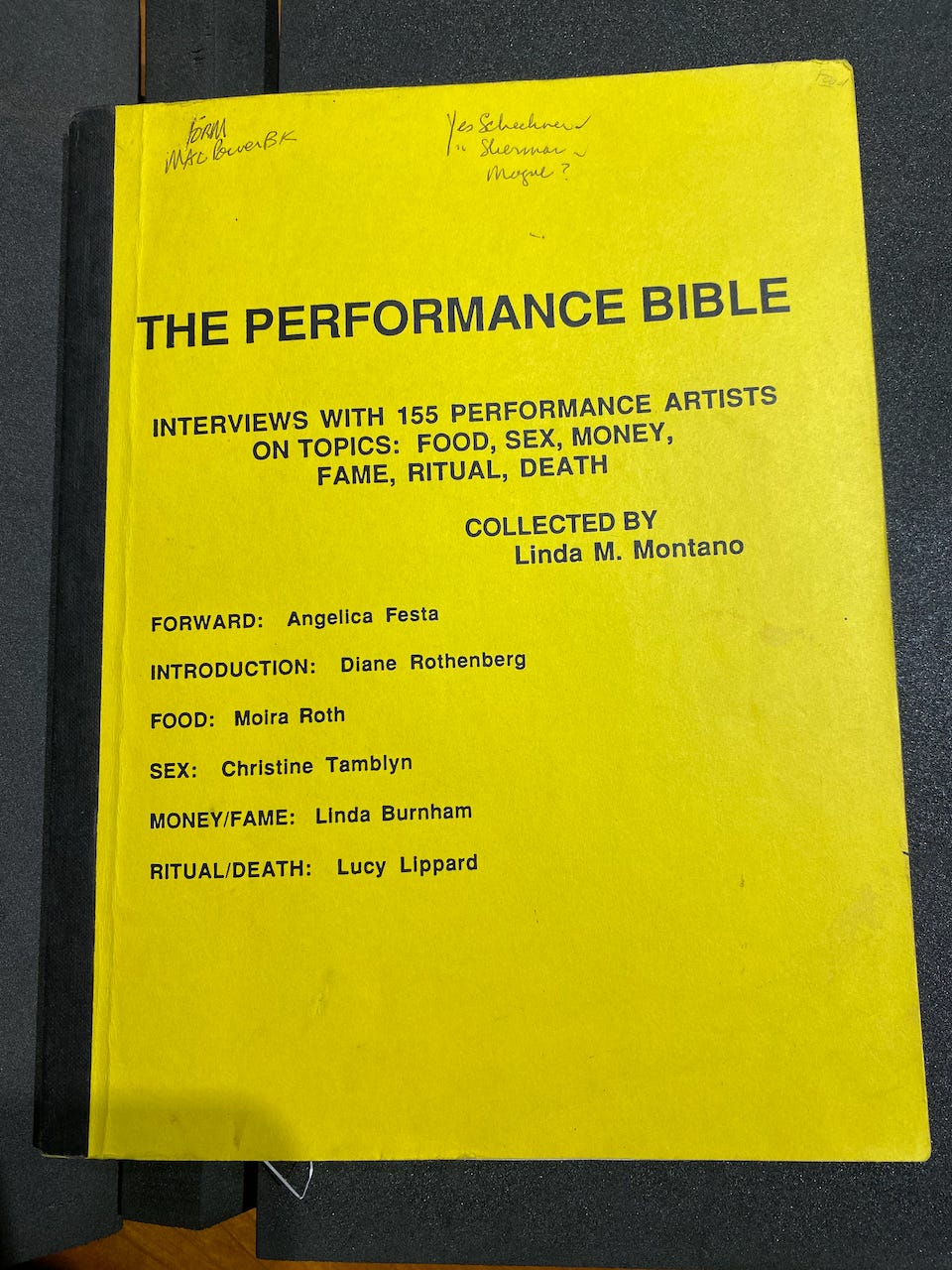
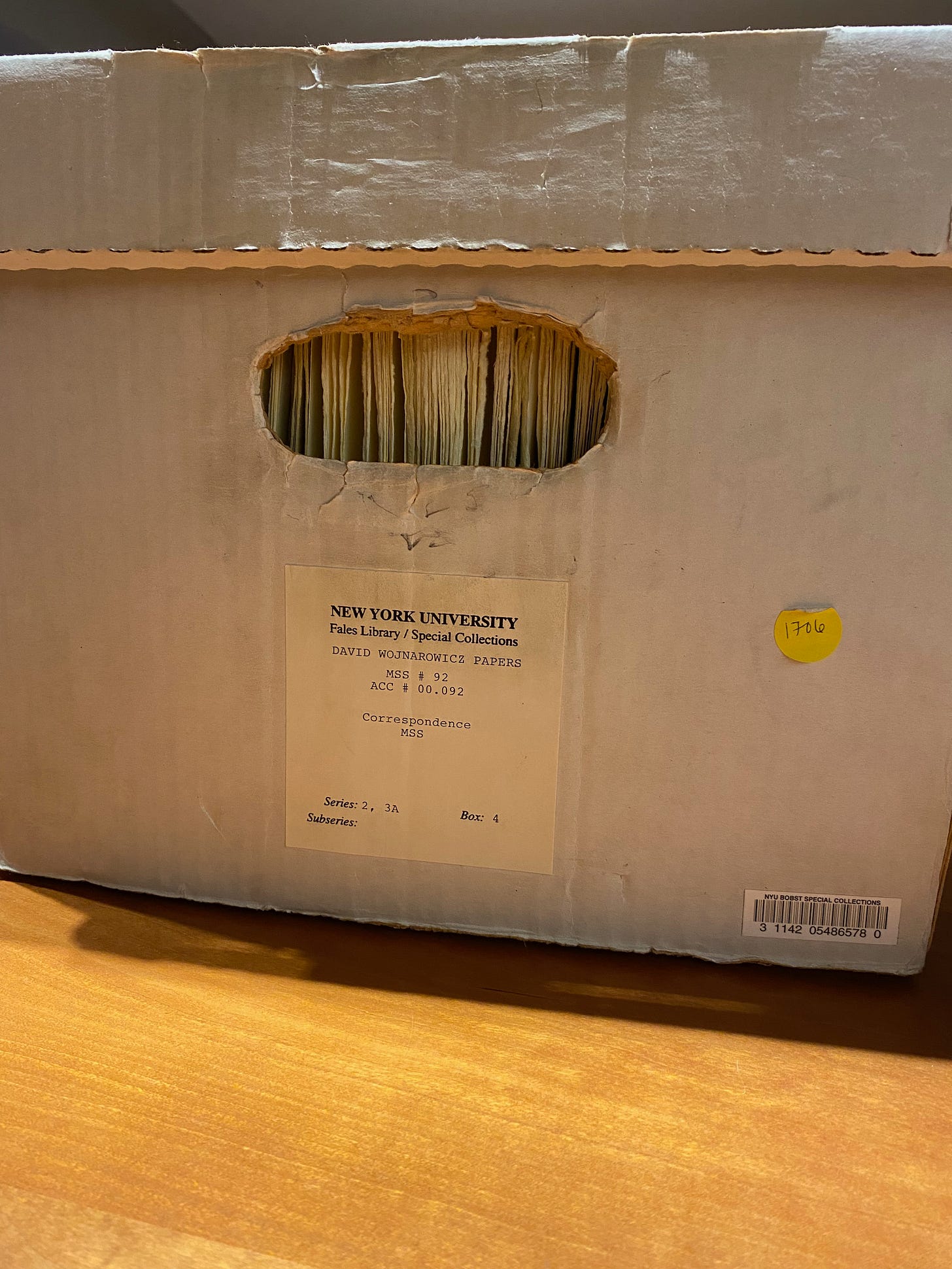
Bless Penny Arcade for saving Jack's archive!!